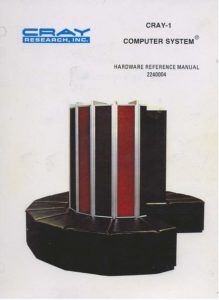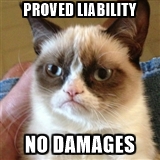In In re: Douglas D. Halofitis, No. 05-16-01047-CV (Sept. 27, 2016) (mem. op.), the Fifth Court gives a helpful roadmap for parties who seek to challenge a judgment of which they were given late notice. We know that trial courts usually lose plenary jurisdiction over a judgment within 30 days after the court signs the judgment, which is also the deadline for filing an appeal. But what if you don’t receive notice of the judgment?
Under Rule 306a, when a party does not receive notice or acquire actual knowledge of judgment within twenty days, the deadlines begin to run not from the signing of the judgment, but instead from the sooner of the date the party received notice or acquired actual knowledge of the judgment or 90 days after the judgment was signed. A few pointers to keep in mind:
- the 306a motion must be sworn and must establish the date of first notice or knowledge of the judgment and that this date was more than 20 days after the judgment was signed;
- the 306a motion, including any evidentiary supplements necessary to satisfy the procedural requirements of 306a(5), must be filed within the court’s plenary period as calculated from the date of first notice or knowledge of the judgment;
- the movant should seek an immediate evidentiary hearing on the 306a motion and obtain a finding of fact of the date of first notice or actual knowledge of the judgment;
- in no event will the periods begin to run more than 90 days after the judgment is signed, meaning that if you receive notice more than 90 days after the judgment is signed, your only avenue may be a restricted appeal or bill of review; and
- the 306a motion should be coupled with a post-judgment motion, e.g. motion for new trial, motion to reinstate, or motion to modify judgment. If you wait for a decision on your 306a motion, your post-judgment motion may end up being untimely even if your Rule 306a motion is successful because post-judgment motions must still be filed within 30 days of the date found to be the date of first notice or actual knowledge of the judgment.






